🎮 BELLUMAROT
2023年 9月 27日
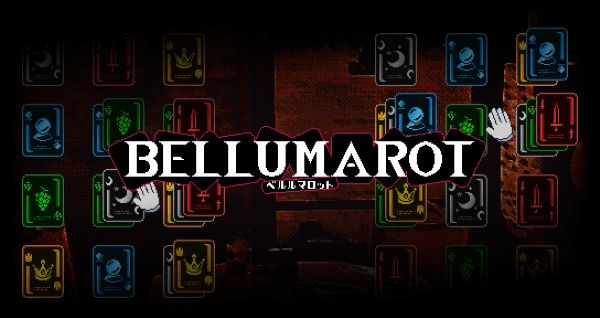
As the years go by, I’ve become more acutely conscious of just how weak my internal barometer is for whether any particular thing has caught on with the broader zeitgeist, but I feel confident in the idea that I could mention TDM The Dice Master and know that at least one or two people might, however vaguely, recall what I’m talking about—this was a Flash game that mashed up the performative evolve-or-die austerity of the Tetris: The Grand Master series with the basic system mechanics of the forgotten dice-themed arcade/NES puzzler Palamedes, and perhaps thanks to its proximity to certain TGM videos that went viral around the world, it enjoyed a brief blip of popularity in western crate-digging game circles in the early-2010’s before promptly disappearing like so many of the browser-based novelties that preceded it.
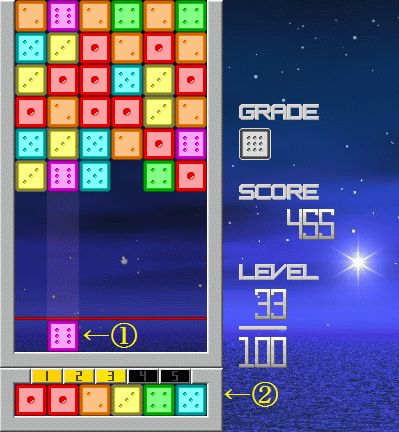
A jolt to the memory banks, perhaps.
Regardless of whether anyone was still paying attention, Yanaboh has continued to develop and release free games to the internet, including a subset of “ordinary” puzzle games (as opposed to the game-jam-esque games that make up much of their output) that have seen them continue to advance their design ideas and broaden their production skills. Some of these games were experimentally released via the Japanese pay-what-you-want indie portal Syakerake, but 2022 saw them, under the company name Neo Taketonbo, release their first wholly commercial game: BELLUMAROT, a card-themed versus puzzle game with the ambiance of a hipster board game cafe and thoughtful, seemingly effortless game design to match.
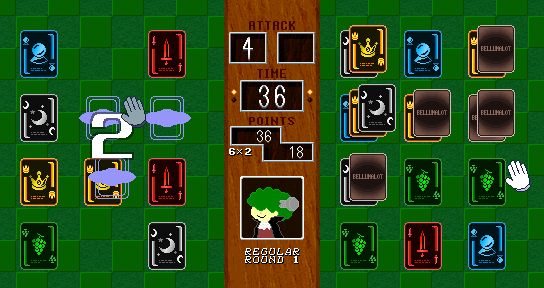
A tournament match against the prerequisite first-round doormat, Dam.
BELLUMAROT’s rules are simple: each game begins with a play field of 12 random cards, arranged in a 3 x 4 grid, that the player is able to individually move and place into empty spaces or place on top of other cards to create a stack; cards come in one of five colours, and the player’s immediate aim is to group together three or more cards of the same colour in vertical/horizontal configurations—that is, lines and L-shapes; think Puyo Puyo minus one—in order to clear them from the play field and earn points. Stacks of cards can be up to three cards high, with the uppermost card being the one that can be actively matched and cleared, and clearing a card from atop a stack will automatically bring the card immediately underneath into play. And, if you’re clever or just lucky, this will immediately chain into another clear, rewarding you with big score multipliers. In the case of a versus game, additional attack cards get sent to the opponent, which appear face-down and must be manually flipped over in order to be cleared. New cards will periodically and randomly drop into the play field or onto existing cards/stacks, and the game will end when time elapses, or if all 12 spaces are completely filled with 3-card stacks.
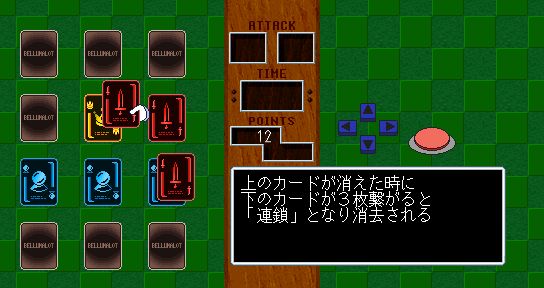
A look at the in-game how-to-play demo, which you can probably parse on visuals alone.
Yanaboh characterises BELLUMAROT as “a slightly quirky versus puzzle game masquerading as an analogue card game”, and while it’s easy to interpret that description as pertaining strictly to the game’s theming and presentation (which is rounded out by a fictional backstory on Yanaboh’s website that positions the game as a modern interpretation of a mysterious game played by the nobility of the Roman Empire), there’s more to this idea than just window-dressing: upon your first few games, you might be torn—initially, at least—on precisely how the game expects you to proceed and which methods of play are most optimal, based on whether you’re coming at it as either a card game that happens to be digital, or an action-puzzle video game that happens to use cards. Should I be focused on neat, lengthy chains and the efficient placement of each and every card? Should I be constantly moving and clearing cards at 1200 APM, regardless of chain value? Do I really need to keep tabs on my opponent’s board in real time order to beat them, or can I safely focus on making clever plays in order to win?

A results screen from a player far, far stronger than I: Teki Paki superfan Cyber_Of_Memory (COM).
Similarly, the fact that the game is presented as compact, neat little stacks of cards belies the density of the play field and the latitude for different strategies, not to mention how close either player might be to either victory or defeat. The play field of a typical action-puzzle game might be intimidating or difficult to parse at a glance due to being messy or simply havin’ a lot of junk in it, but BELLUMAROT’s tidy layout can lull you into overlooking or even just forgetting that it offers the capacity for quite large chains, should one be able to envision them, and the fact that attacks from the opponent come not in avalanches of ten thousand blocks but in modest drops of attack cards that are only threatening should the player not immediately deal with them might cause one to, y’know, not deal with them, until they realize that those quaint stacks on their board are all maxed out and they’re completely done for, and that the seemingly minor decisions that the game regularly asks of the player are usually make-or-break. It’s a unique tension that more maximal or hyperkinetic games don’t necessarily offer, and I can imagine that people who don’t regularly play or seriously think about other games in this style might subconsciously pick up on a few concepts that they can apply elsewhere.
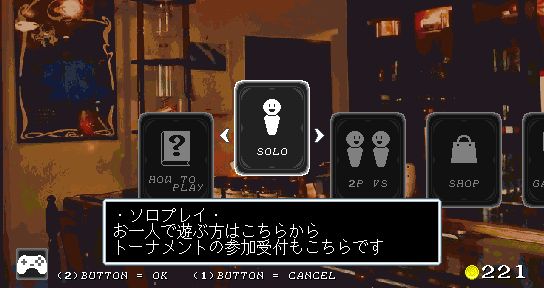
A glimpse at the main menu.
BELLUMAROT offers a familiar suite of play options: there’s a practice mode that challenges the player to score as many points as possible within 90 seconds and serves as the go-to just-one-more mode designed to monopolise large chunks of the players’ time, as well as a free match against the CPU and a full-fledged tournament mode that pits the player against a succession of CPU-controlled characters, each with their own low-key designs and personality quirks, who will even offer unique reactions depending on the precise manner of their victory or defeat. These modes reward the player with in-game coins that can be spent on alternate card designs that typically reference other card/board/CCG games, as well as gallery unlocks for the various in-game music tracks and some other little bonuses that include yet another puzzle game. There is, of course, a local two-player versus mode, complete with handicap settings, and while I haven’t tried it, I imagine it’s perfectly Parsec-friendly.
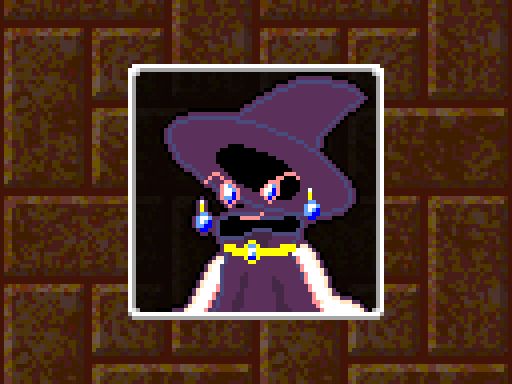
Nitalia, the intruder who forced her way in from an earlier Yanaboh game, Nitacle Witch.
Well-worn genres like these don’t always offer many avenues for ingenuity or originality, either as a player or a creator, but BELLUMAROT demonstrates that even something as simple as a change of framework can often push an idea from the familiar into the unique.

